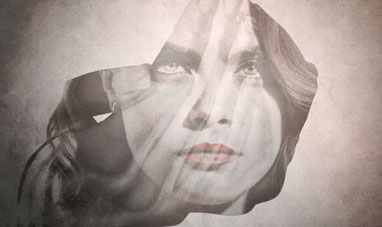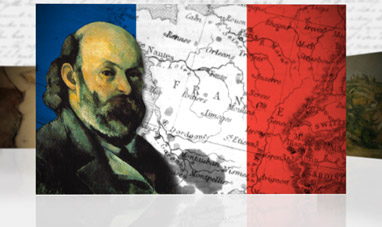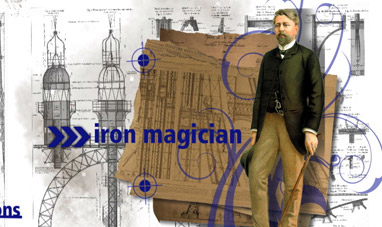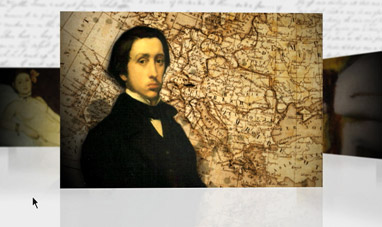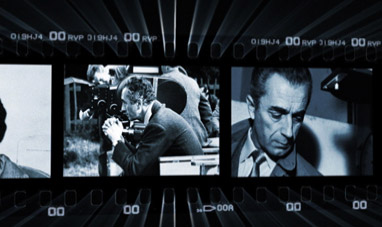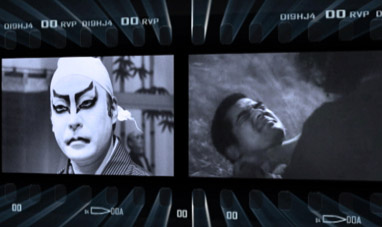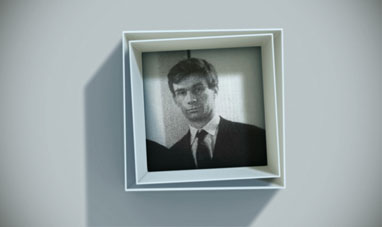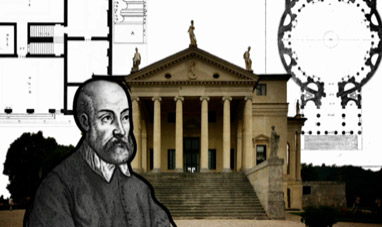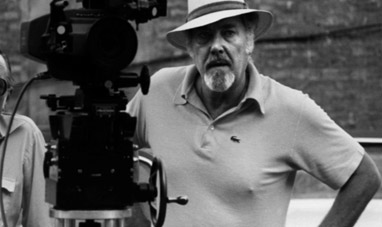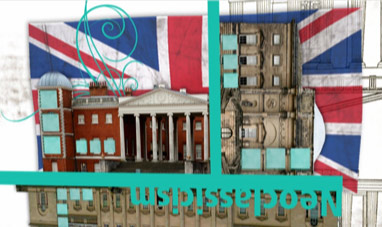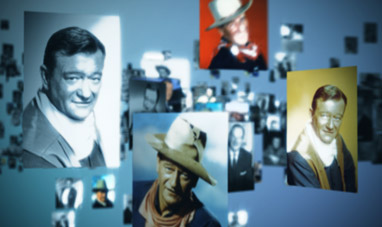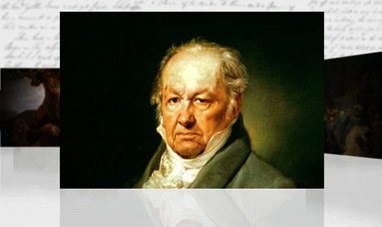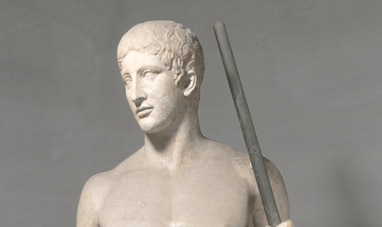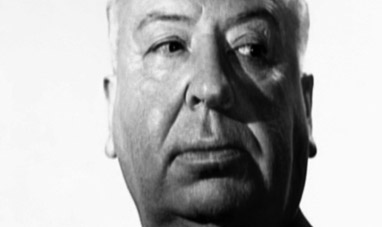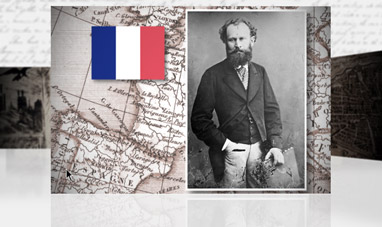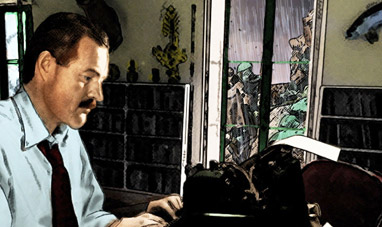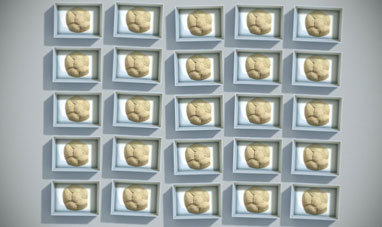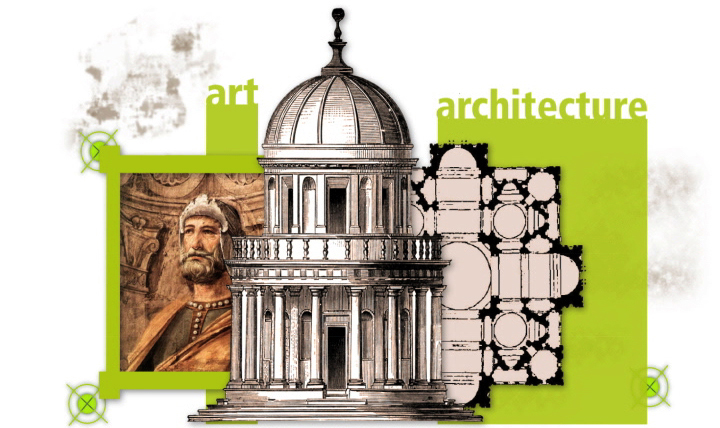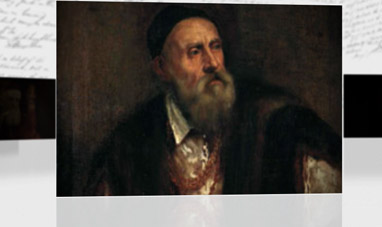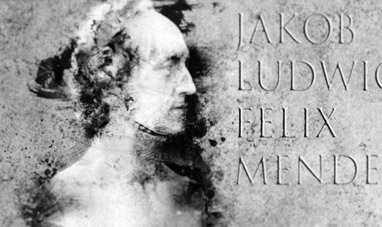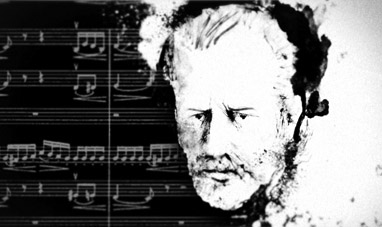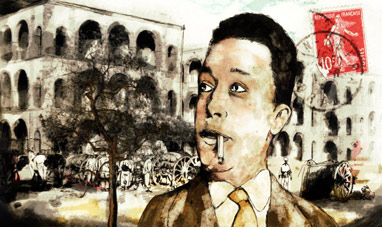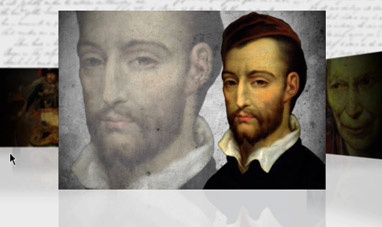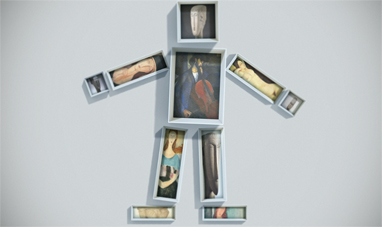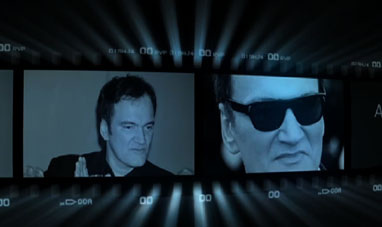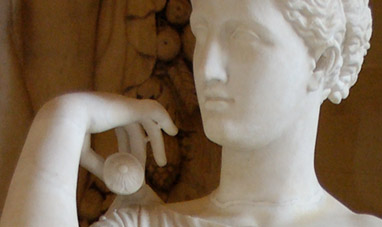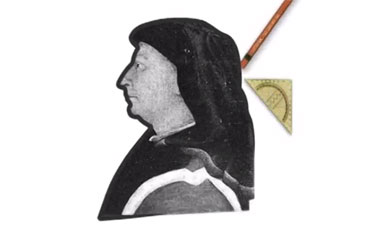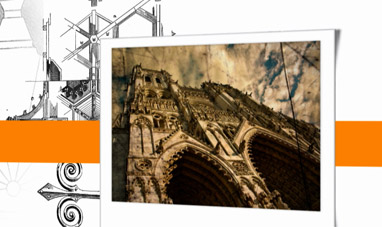Renzo Piano is an Italian architect who has designed some of the most well known works of international contemporary architecture.
Piano was born in Genoa on September 14, 1937. His family worked in construction. He studied architecture at Milan’s Politecnico university, graduating in 1964. Between 1965 and 1970 he traveled frequently to the United States and Great Britain, furthering his studies.
At the same time, he worked alongside Louis Kahn, an American architect who paid close attention to architecture’s ethical implications, as well as the social function of public spaces. Piano met French engineer Jean Prouvé, known for his pioneering studies on the use of steel and aluminum as building materials. Prouvé would have a profound influence on Piano’s work.
Even in his early projects, Piano liked to experiment with materials that were unusual for the time, for example the plastic he used to tile Italy’s pavilion at the 1970 Expo in Osaka. He developed an interest in nontraditional architectural shapes like husks, carapaces and shells.
Piano worked with British architect Richard Rogers and Irish engineer Peter Rice to design the Centre Georges Pompidou in Paris, a multifunctional center designed to host exhibitions and cultural events. The building was futuristic, making widespread use employing lots of glass, piping and visible metal structures. It was also heavily criticized. Many people considered it inappropriate for the quaint old Beaubourg neighborhood.
During the same period, Piano founded the Piano & Rogers partnership. In 1977 he opened the Piano & Rice studio.
In 1981 he established the Renzo Piano Building Workshop: a design firm where architects work side by side with engineers and experts from a variety of other fields.
Starting in the 1980s, Piano designed many internationally significant buildings, including the spectacular Osaka airport, built on an artificial island to compensate for a lack of space on the mainland; and the Jean Marie Tjibaou Cultural Center in Noumea, New Caledonia. He then directed the redevelopment of Potsdamer Platz in Berlin, and designed The New York Times’ new headquarters in Manhattan.
In Italy, Piano was chosen to restructure the port of Genoa and redevelop former industrial areas such as the Fiat Lingotto factory in Turin. He also designed the Auditorium Parco della Musica in Rome, as well as an impressive church dedicated to Padre Pio in San Giovanni Rotondo that can host as many as 6,500 pilgrims.
Today Renzo Piano is still busily at work on prestigious projects around the world. He has received many awards, including the Pritzker Architecture Prize, and the American Institute of Architects’ Gold Medal.
Piano was born in Genoa on September 14, 1937. His family worked in construction. He studied architecture at Milan’s Politecnico university, graduating in 1964. Between 1965 and 1970 he traveled frequently to the United States and Great Britain, furthering his studies.
At the same time, he worked alongside Louis Kahn, an American architect who paid close attention to architecture’s ethical implications, as well as the social function of public spaces. Piano met French engineer Jean Prouvé, known for his pioneering studies on the use of steel and aluminum as building materials. Prouvé would have a profound influence on Piano’s work.
Even in his early projects, Piano liked to experiment with materials that were unusual for the time, for example the plastic he used to tile Italy’s pavilion at the 1970 Expo in Osaka. He developed an interest in nontraditional architectural shapes like husks, carapaces and shells.
Piano worked with British architect Richard Rogers and Irish engineer Peter Rice to design the Centre Georges Pompidou in Paris, a multifunctional center designed to host exhibitions and cultural events. The building was futuristic, making widespread use employing lots of glass, piping and visible metal structures. It was also heavily criticized. Many people considered it inappropriate for the quaint old Beaubourg neighborhood.
During the same period, Piano founded the Piano & Rogers partnership. In 1977 he opened the Piano & Rice studio.
In 1981 he established the Renzo Piano Building Workshop: a design firm where architects work side by side with engineers and experts from a variety of other fields.
Starting in the 1980s, Piano designed many internationally significant buildings, including the spectacular Osaka airport, built on an artificial island to compensate for a lack of space on the mainland; and the Jean Marie Tjibaou Cultural Center in Noumea, New Caledonia. He then directed the redevelopment of Potsdamer Platz in Berlin, and designed The New York Times’ new headquarters in Manhattan.
In Italy, Piano was chosen to restructure the port of Genoa and redevelop former industrial areas such as the Fiat Lingotto factory in Turin. He also designed the Auditorium Parco della Musica in Rome, as well as an impressive church dedicated to Padre Pio in San Giovanni Rotondo that can host as many as 6,500 pilgrims.
Today Renzo Piano is still busily at work on prestigious projects around the world. He has received many awards, including the Pritzker Architecture Prize, and the American Institute of Architects’ Gold Medal.

